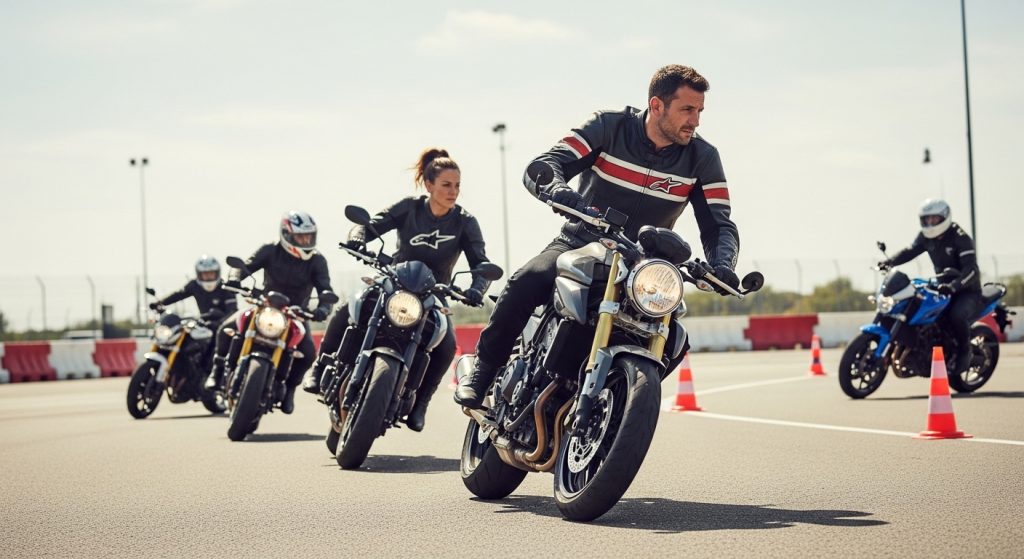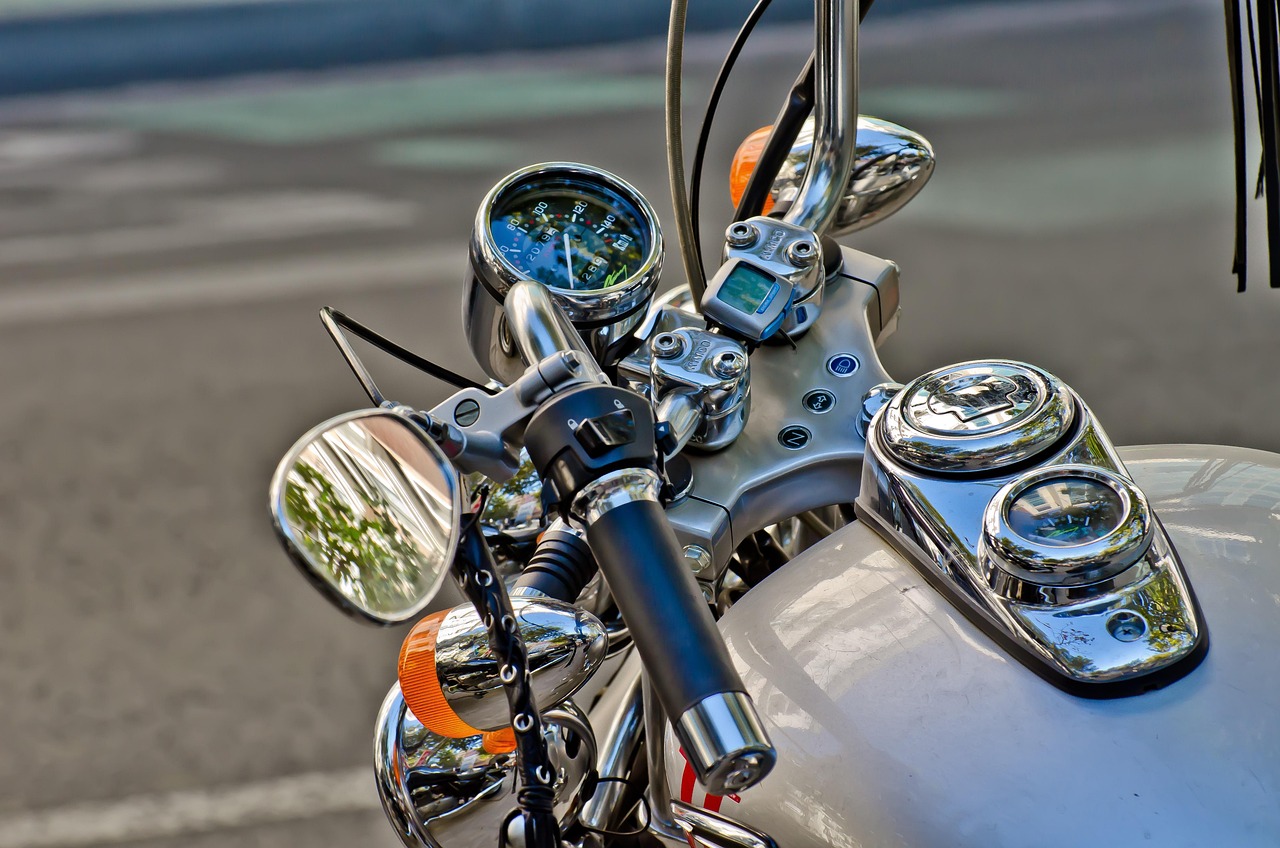If you’ve ever ridden a motorcycle and felt a car riding your tail, you know the fear. I’ve been there. I felt chest pain from the stress. All I wanted was to vanish off the road. Getting tailgated on two wheels is nothing like in a car. It’s personal and dangerous.
So, what is a safe following distance behind a motorcycle? Let me break it down with facts and real road experience.
Recommended Following Distance Behind a Motorcycle
According to the National Highway Traffic Safety Administration (NHTSA), drivers should allow at least 3 to 4 seconds of following distance behind motorcycles to give enough time to react in an emergency.
I first read about this online, but it stuck after a close friend who was big on safety drilled it into my head. He was right. That space saves lives.
You measure it by picking a road marker and counting seconds between the rider and your front bumper. If you’re hitting that point before three seconds, you’re too close.
I’ve had to brake hard with someone right on my tail. To avoid getting rear-ended, I had to veer off to the shoulder safely. It shook me.
In bad weather or low visibility, the Montana Motorcycle Rider Safety Program recommends increasing your following distance to at least 5 to 6 seconds. I go even further—at least 8 seconds—because I’ve seen how fast traction can change.
Riding a motorcycle offers freedom, adrenaline, and a deep connection to the road—but it also demands skill, awareness, and preparation. Enrolling in a motorcycle driving school is one of the smartest steps a new rider can take, especially in a state like Montana, where terrain can vary dramatically and conditions change fast. To learn what safety habits you’ll gain from these courses, check out this article:
5 Safety Habits You’ll Learn at a Motorcycle Driving School in Montana.
Proper Following Distance Behind a Motorcyclist
Give riders time and space to react. Space saves lives.
How to measure: pick a roadside marker. When the motorcycle passes it, start counting “one‑thousand‑one…” Your bumper should not reach that marker until 3–4 seconds pass. Add more time when visibility or traction is poor.
Tailgating a bike is risky
Bikes can stop fast and face sudden hazards like wildlife, gravel, and wind. Space gives everyone time to react.
3–4 seconds minimum
National road‑safety guidance recommends at least three to four seconds in normal conditions.
Wet, dark, or dusty
Use 5–6 seconds or more. If traction is questionable, aim for eight seconds.
Watch for brake lights and turn signals
Small lights can be hard to see. Scan ahead and expect quick stops.
Leave an out
If you misjudge, extra room lets you steer or brake without a crash.
Back off in traffic
If you end up too close, slow gently to open a safe gap.
Never crowd a rider
Aggressive or distracted driving near a bike can be deadly. Give space.
Why Extra Space Matters
Motorcycles can stop faster than cars because they weigh less. That makes tailgating especially risky. And with Montana’s open roads, riders must be alert for wildlife, gravel, and crosswinds.
I’ve had to swerve for deer and road debris more times than I can count. That’s why tailgating by cars or trucks isn’t just rude. It’s dangerous. When a truck rides my tail, my entire ride becomes stressful. I know how fast things can go wrong.

Tips for Drivers
If you’re driving behind a motorcycle, I’ll keep this simple. Give us more than the bare minimum. Motorcyclists don’t have the protection of a car. Just a helmet and our instincts.
The Montana Motorcycle Safety Foundation says drivers must watch for motorcycles, especially when following closely, and avoid driving aggressively or distracted.
I also stay away from big vehicles when I’m riding behind them. One missed turn or loose load can turn deadly. I’ve seen the aftermath of too many bad accidents online to take chances.
And yes, I’ve slowed down to force distance between me and someone following too close. Sometimes it’s the only option.
What Is a Safe Following Distance?
My rule? Never less than three seconds, and more in poor conditions. It’s not just my opinion. National safety guidelines and rider training experts back it.
I’ve shared this with friends and new drivers. It’s simple advice, but it can stop a crash before it starts.
People treat riding like a game. They don’t know the cost. I started taking the following distance seriously after a bad accident. And after a friend lost his leg.
Give motorcycles room. Whether you’re riding or driving, remember that space gives us a chance. It’s not just a safety tip. It’s a lifeline.
Stay Connected with the Montana Motorcycle Safety Foundation
Your commitment to safer roads makes a difference. At the Montana Motorcycle Safety Foundation, we value your feedback and welcome your questions. Whether you’re looking for training and guidance or want to share your experience, we’re here to support your journey.
Ready to ride with confidence?
Explore more safety tips and rider training opportunities today.

